Most businesses in The Northern Europe have re-opened this summer with new ways of working and serving customers. And trying to avoid a second wave of Covid and lockdowns like the ones beating the Melbourne area (one of my favorite cities). Simultaneously, there is a major trend taking giant steps forward, partly because of the social distancing and other restrictions. And that is Open Banking.
Open Banking has skyrocketed in the UK this year: the number of users hit the one million mark in January and there has been more than 400 million monthly API calls to UK banks for four months in a row now. (Well, most likely five months, but the July stats are not in yet…) This is a major change compared to 2019 with total of 1270 million API calls; there has already been 2314 million during the first 6 months in 2020. In June, less than a million of these calls were about payment initiation, the majority were account data requests and mainly between the largest UK banks. Now, you may ask what API calls are and why is this interesting or relevant at all. Bear with me, this is groundbreaking.
Open Banking was created to promote development and use of innovative digital financial services. It enables regulated service providers, with a customer’s consent, to access payment account data and to request payments to be made from these accounts. All interactions are made though APIs. Open Banking has been around since 2016 in The UK and 2019 in continental Europe, but it has been a rocky road with intensive investments and search for appealing customer offerings. And not much interest from the public - until this spring.
The high number of API calls mean that consumers and SMEs want to view their bank accounts in another service than the one their bank offers. Especially in the UK, everyone has more than one financial service provider. SMEs are estimated to use four or five different banks, lenders and an accountant. Open Banking was assumed to increase churn, but instead it has increased the use of various financial services simultaneously. As all banks, challenger banks and FinTechs offer account aggregation services, consumers have no need to stop using the older services when taking on new. So financial services are becoming more fragmented than ever. Just like all other digital services around us: music, movies, messaging, social media etc. Nobody uses only one messaging or social media app as they fulfill different needs. This is how we already use payments and this is becoming how we bank.
Open Banking is the first step toward Open Finance embracing opening all financial data. I usually categorize the current Open Banking value propositions into account aggregation, analytical and advisory services, enhanced banking offerings, improved processes, beyond banking and FinTech offerings. All of these have revenue potential but to my great surprise, process improvements have provided the best business upside so far. Many banks have used Open Banking data to improve their lending processes and to reduce risks enabling financing new customers, like Rabobank’s Fundr in the Netherlands. Data has also been used to enable “light” working capital products like OP Group’s Invoice Finance in Finland. These are fabulous examples of how banks are reinventing themselves and quite far from the origin - account data and payments…
We have only seen the beginning. Open Banking is now starting in Australia, India and Mexico and it is more about data than payments everywhere. Covid has increased the need of various digital services and tools that help manage money. My simple advise to all banks is to offer account aggregation services (in all markets) to fight churn and to stay relevant. It is amazing how many banks do not believe (or know) their customers bank in multiple places. This phenomena is growing. The other advise is to learn to work with data in everything you do. Internally and externally. This will be difficult and painful, but there is no other way. The future of financial services is data based and very open. If you do not know what you are doing with data, that will be visible as well.
It is amazing how locking down societies, economy and human interaction boosts something like Open Banking. Many other services have become more human as well. Remote meetings have relaxed many business interactions, which I highly appreciate. There is always a silver lining and I kind of like this one!


